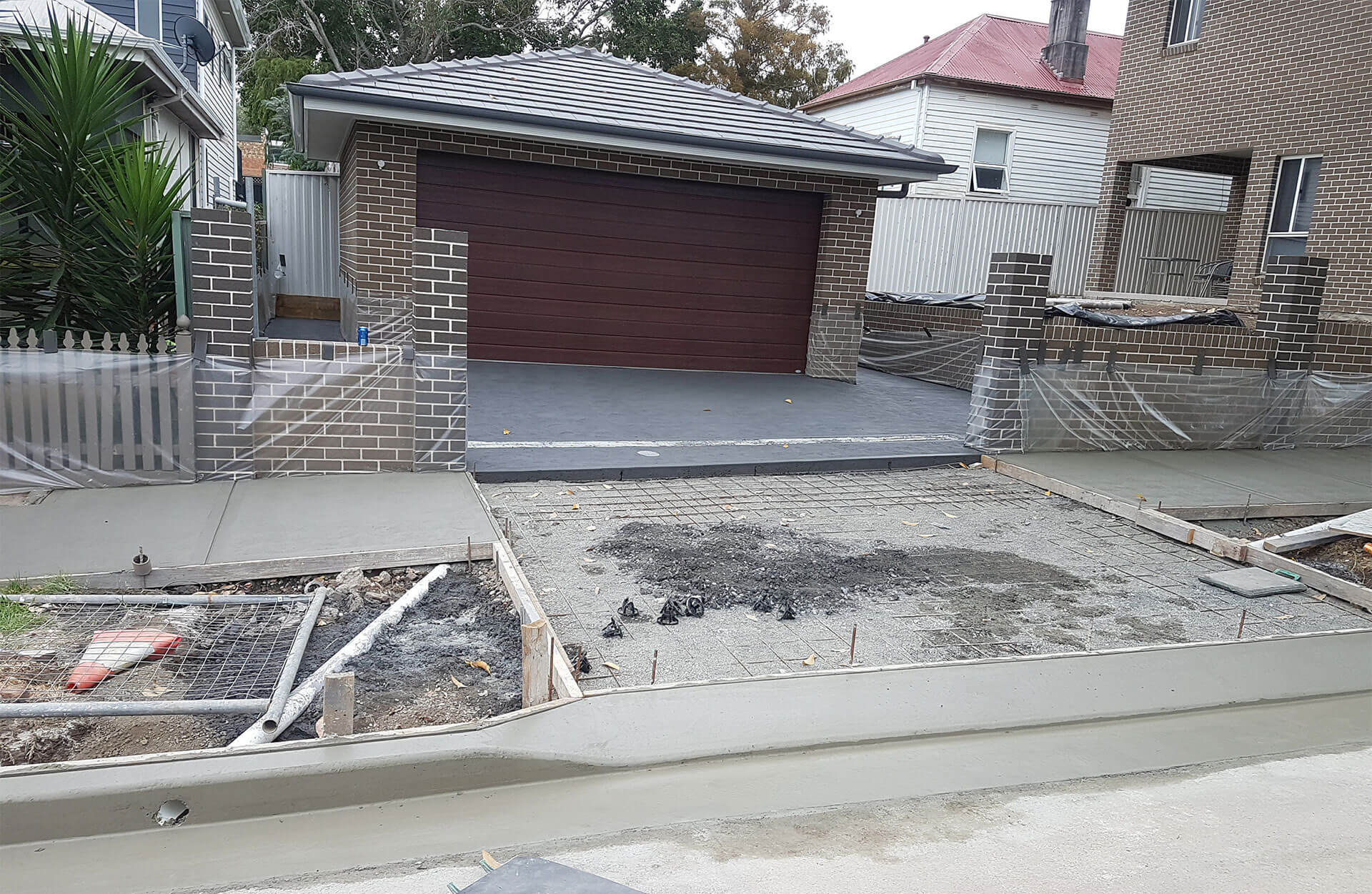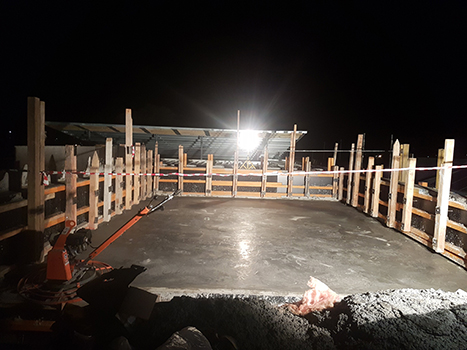With This Guide Choosing the Right House Slab Is Easy Now
Slabs are built to offer horizontal or nearly horizontal surfaces, such as in the flooring, roofing, and bridges of a building. The walls, reinforced concrete beams often cast together with the slab, structural steel beams, columns, or ground may all be used to support the slab. There are distinct categories of slabs.
In the building industry, Slabs come in distinct varieties. A number of them are archaic, while others are ubiquitous. Some common varieties of concrete house slabs used by House Slabs Sydney professionals are described below.
A Level Surface
The level surface is a concrete slab, either reinforced or not, resting atop concrete caps or columns. A beam-less slab is another name for a flat slab. They rely on the column itself as a support structure. All the weight is transferred straight to the column. This method of building yields a ceiling that is free of ornamentation, which is aesthetically pleasing. The classic beam slab design is replaced by a simpler, more fire-safe option with a flat ceiling that diffuses light better and poses less risk in case of an emergency. The flat slab requires less formwork and is simpler to build. In the realm of concrete, this is one of the many slab varieties.
Standard Slab
A typical slab is one that relies on beams and columns for support. In this kind, load is first carried to beams, which in turn transfer it to columns, because the slab is thin while the beam is deep. Compared to the flat slab, more formwork is needed for this. Column caps are unnecessary in the more common style of slab design. Regular slabs are 10 centimeters about 4 inches thick. The concrete should be between 5 and 6 inches thick if it will be subjected to seldom occurring large loads, such as those from mobile homes or garbage trucks.
A typical concrete slab is 4 meters long and has a square form. Main Reinforcement refers to the horizontal bars used in standard slab reinforcement. Distribution bars refer to both horizontal and vertically oriented bars. Conventional slabs are divided into two categories according to their dimensions: Straight Slab and Diagonal Slab.
Hollow Core Slab
It is the cores or voids within the units that give hollow-core ribbed slabs their name. The slabs' self-weight may be greatly reduced thanks to the cores, which also serve as service ducts, so increasing structural efficiency. The cores' potential to cut down on concrete usage is an added bonus when it comes to environmental friendliness. The typical dimensions for a unit are 1200 mm in width by anywhere from 110 mm to 400 mm in depth. The length of the units may be whatever you choose. Precast concrete slabs are employed in situations when a rapid building schedule is essential. Hire Formworking Sydney professionals for the best quality product and service within your budget.
Conclusion
Driveways, sidewalks, patios, steps, and flooring in garages, basements, and factories are often made of concrete. It's simple to clean and maintain, has a nice look, and costs less than other surfaces to put in. An external or interior concrete surface that has been constructed according to established methods and processes will endure longer and perform better in the long run.




Comments
Post a Comment